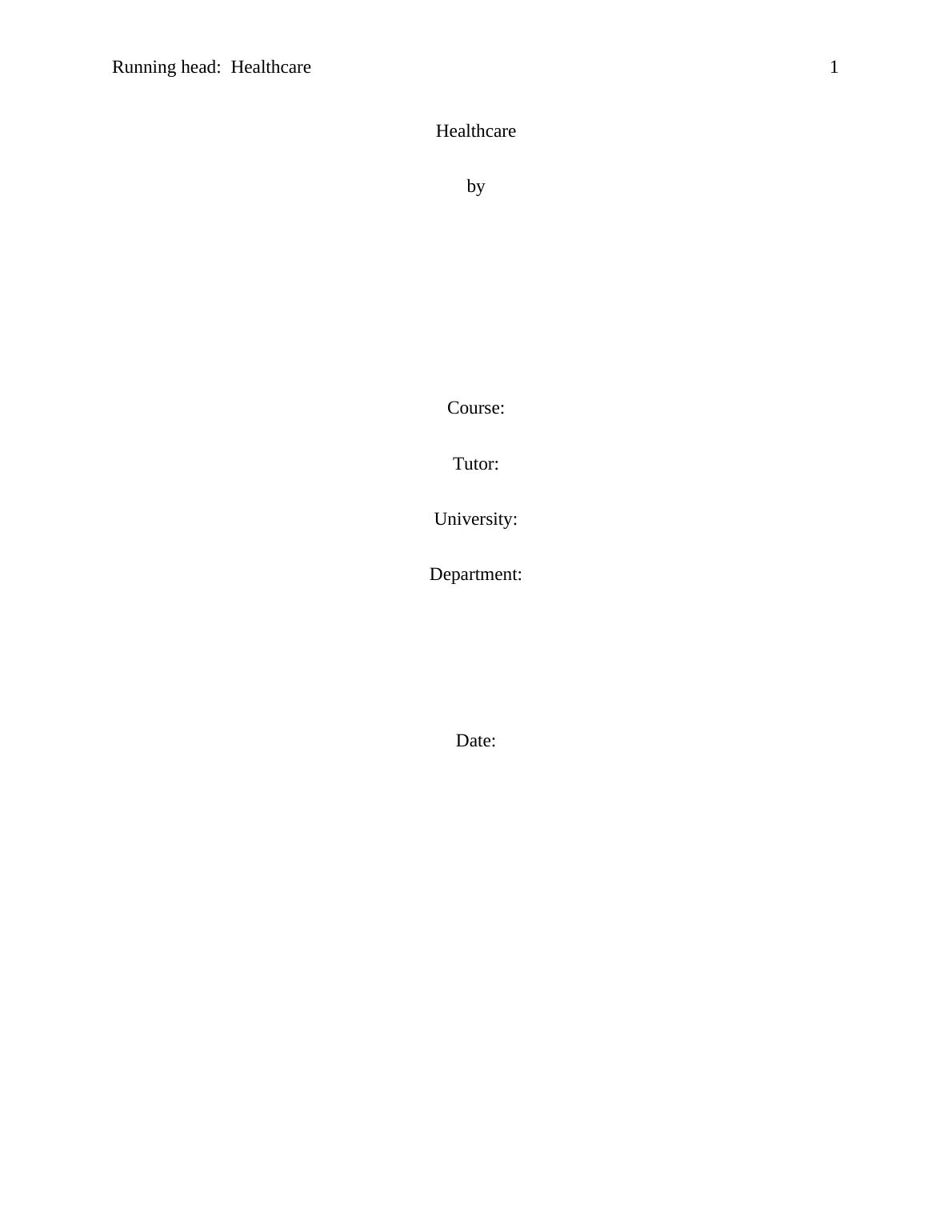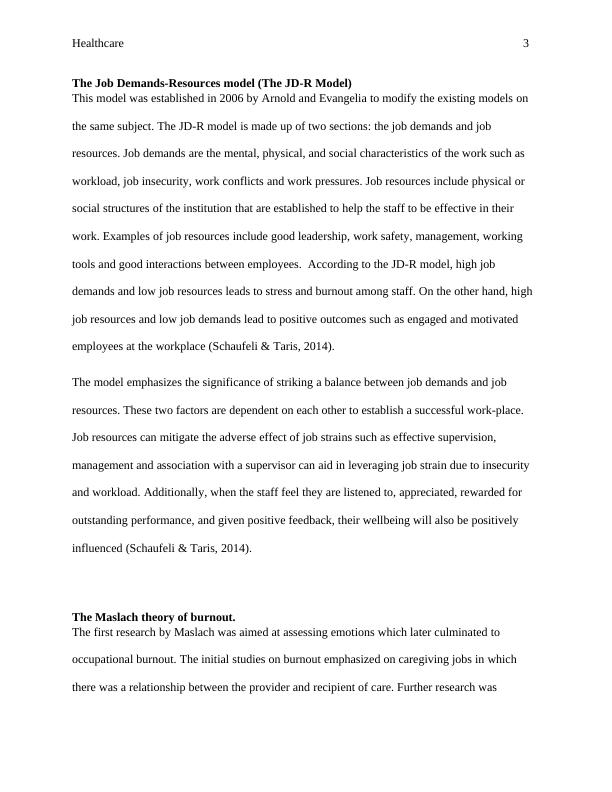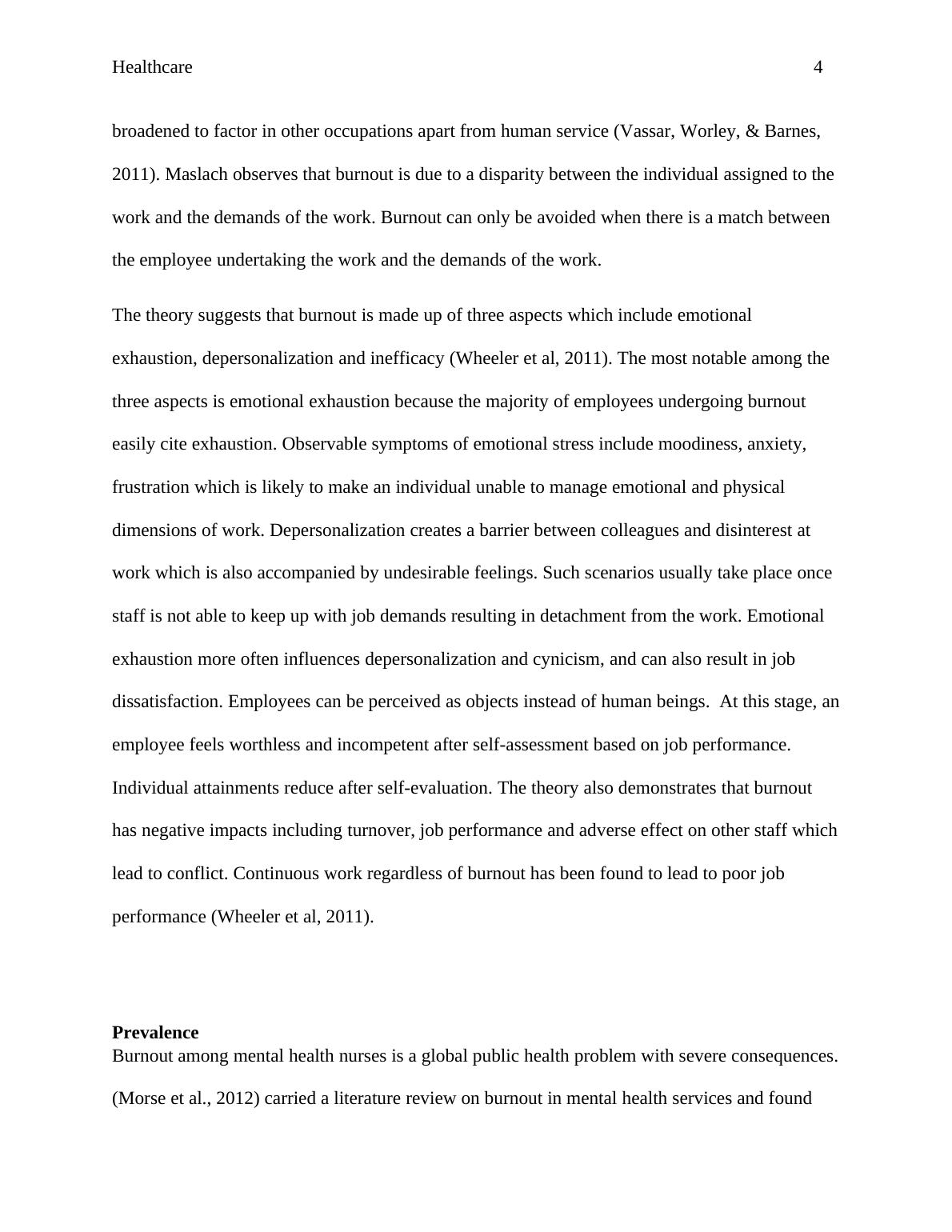Implications Of Burnout For Mental Health Nurses And How It Can Be Avoided Research Paper 2022
Write a discussion paper on one of the following topics: therapeutic boundaries in mental health counseling, counseling survivors of abuse or intimate partner violence, efficacy of group work in mental health practice, implications of burnout for mental health nurses.
14 Pages4096 Words21 Views
Added on 2022-10-08
Implications Of Burnout For Mental Health Nurses And How It Can Be Avoided Research Paper 2022
Write a discussion paper on one of the following topics: therapeutic boundaries in mental health counseling, counseling survivors of abuse or intimate partner violence, efficacy of group work in mental health practice, implications of burnout for mental health nurses.
Added on 2022-10-08
ShareRelated Documents
End of preview
Want to access all the pages? Upload your documents or become a member.
Managing Research: Job Demands Resources Model of Burnout
|7
|1521
|199
The Job Demands Resources Model - Psychology
|4
|512
|262
Determinants and prevalence of burnout in emergency nurses: A systematic review of 25 years of research
|13
|11465
|250
Job demands And Resources Model
|7
|544
|21
Nurse Burnout: Impact on Nursing and Healthcare System
|9
|2986
|427
MENTAL HEALTH NURSING 17 MENTAL HEALTH NURSING
|19
|3644
|247




